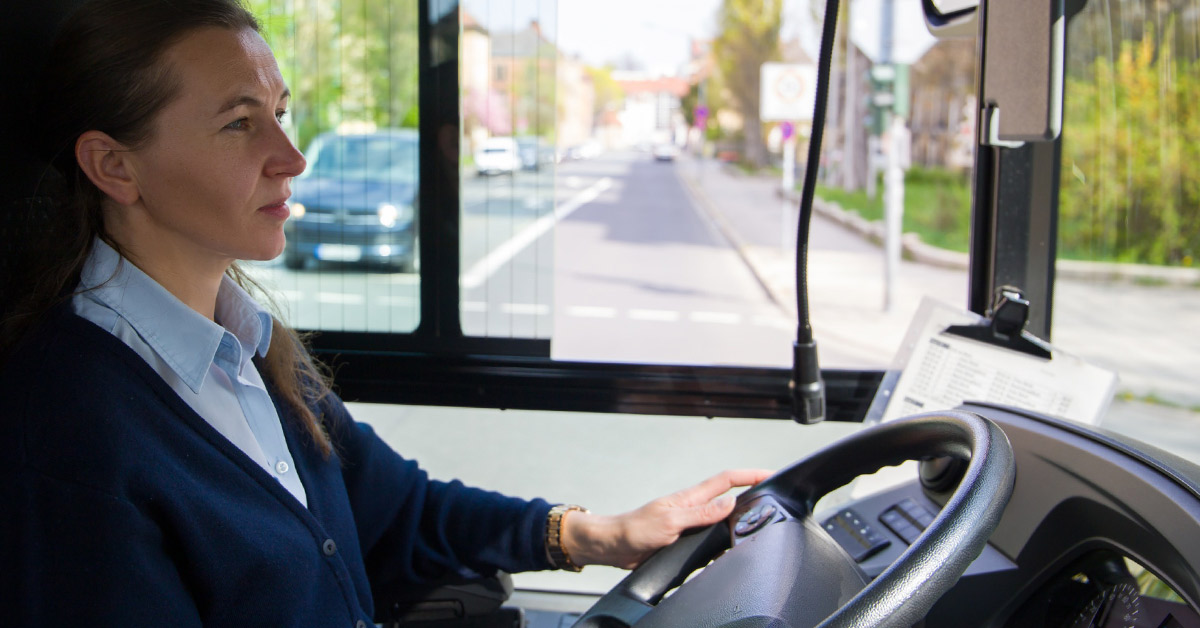Driving is a serious matter, regardless of the size of the vehicle. Distractions, inclement weather and fatigue are among the most common hazards faced by public transport and HGV drivers when carrying out their jobs. Fleet risk management has a major impact in guaranteeing safety standards for many different types of industry and maintaining smooth operations can significantly impact overall success.
In this post, we will discuss the critical role Operations and HR departments have when it comes to fleet risk management from purchasing vehicles to implementing effective training programs and reviewing protocols. Keep reading to review the six best practices to ensure safety in the public transport sector.
1. Purchase safe fleet vehicles
Prevention is one of the most effective ways to mitigate risk in the workplace, especially when it comes to driving. Selecting the right type of vehicle can have a major impact on your company’s future success. Keep in mind that some trains, buses, lorries and HGV trucks may have lower upfront costs but come with extra hidden costs like long-term maintenance and more expensive fuel costs.
Prioritise safety features such as:
- Adaptive cruise control
- Lane departure warnings
- Automatic emergency braking
- Blind-spot monitoring or rear-view cameras
- Alternative fuel sources
2. Practise and encourage clear communication
Establishing clear communication between drivers, dispatchers and senior staff is a critical component of effective fleet risk management. Maintaining open channels of communication can help reduce misunderstandings and response times. If your employees know that they can come to your department with any concerns, this can naturally lead to more effective problem-solving and decision-making. Schedule regular 1-1 meetings and follow-ups with drivers to ensure everyone is on the same page.
Your employees will feel more engaged and committed to their work when they see that they can directly contribute to the company’s overall success. This can be accomplished through providing feedback, having open dialogue with their superiors and contributing to a culture of continuous improvement. Enacting a communication policy or revising your current policies is essential for outlining expectations and guidelines. This practice can help establish a consistent and professional tone for your organisation.
3. Establish effective, practical training programmes and simulations
Similarly, driver training is another fundamental fleet risk management practice. Some of the types of training programmes your company may offer include:
- Initial first-time driver training
- Ongoing training for experienced drivers
- Regular best-practices and regulations review
- New technologies and behavioural training
- Addressing mobile phone, sat-navs and other distractions
Ongoing training and development can bring positive benefits to your staff. Examples include workshops, seminars, e-learning courses and virtual reality simulators. Simulations and real-world training allow your drivers to learn through experience thus reinforcing the necessary concepts and lessons.
4. Implement workforce planning and scheduling tools
Another fleet risk management challenge is balancing workload and productivity. The use of new technology and software can help optimise your drivers’ schedules to ensure workloads are evenly distributed. Regularly review and adjust this data using workforce planning software. Here are some common KPIs to keep track of:
- Hours worked
- Miles driven
- On-time delivery rates
- Routes completed
5. Monitor and teach safety and ergonomic best practices
Bus, train and Underground drivers can suffer neck, back and spinal problems from prolonged upright sitting and putting pressure on the brake and accelerator pedals. These injuries are known as musculoskeletal disorders (MSDs) and can have serious physical consequences. Proper safety training and access to driving simulators can reinforce important concepts and skills thus, reducing the risk of MSDs, accidents or mistakes made while on the job.
To prevent lower back pain, encourage employees to adjust their seats and add a lumbar cushion for extra support. Make sure they avoid twisting and sudden movements when getting into or out of the driver’s seat. Remind them about the importance of doing gentle stretches in between scheduled breaks to relieve any tension or built-up stress from their shifts. .





